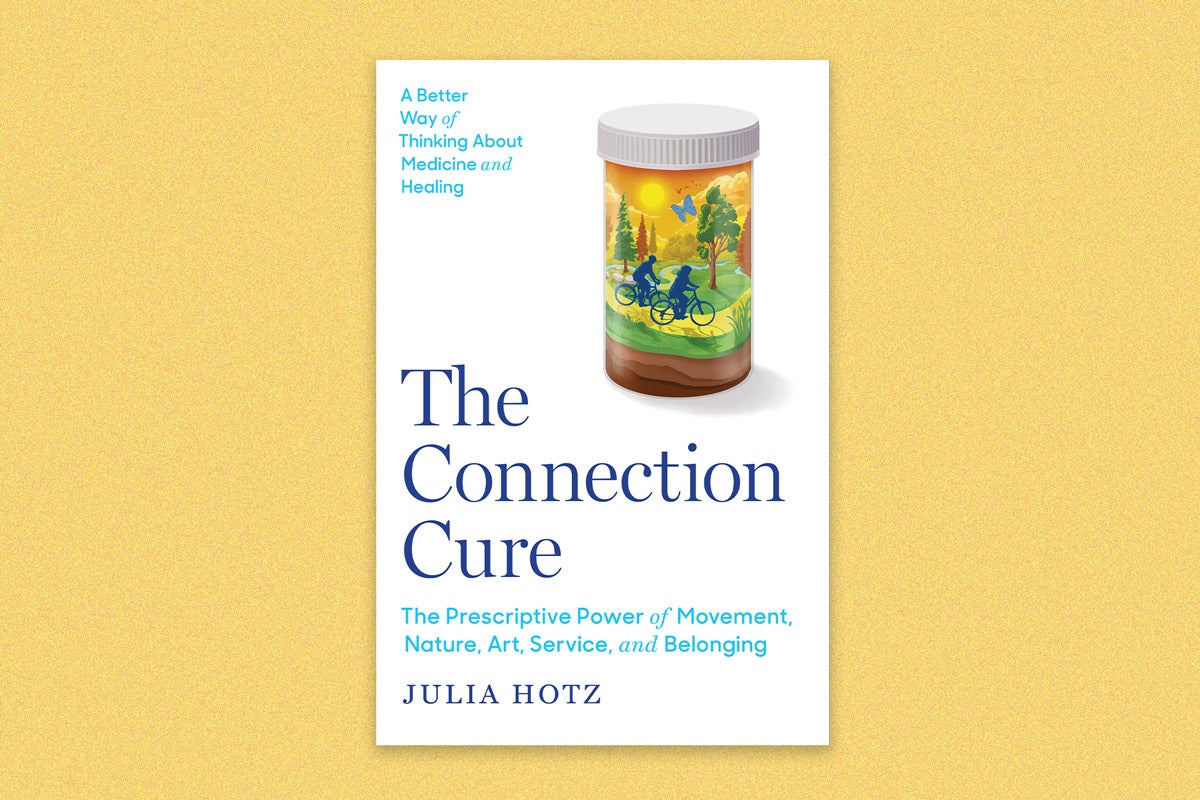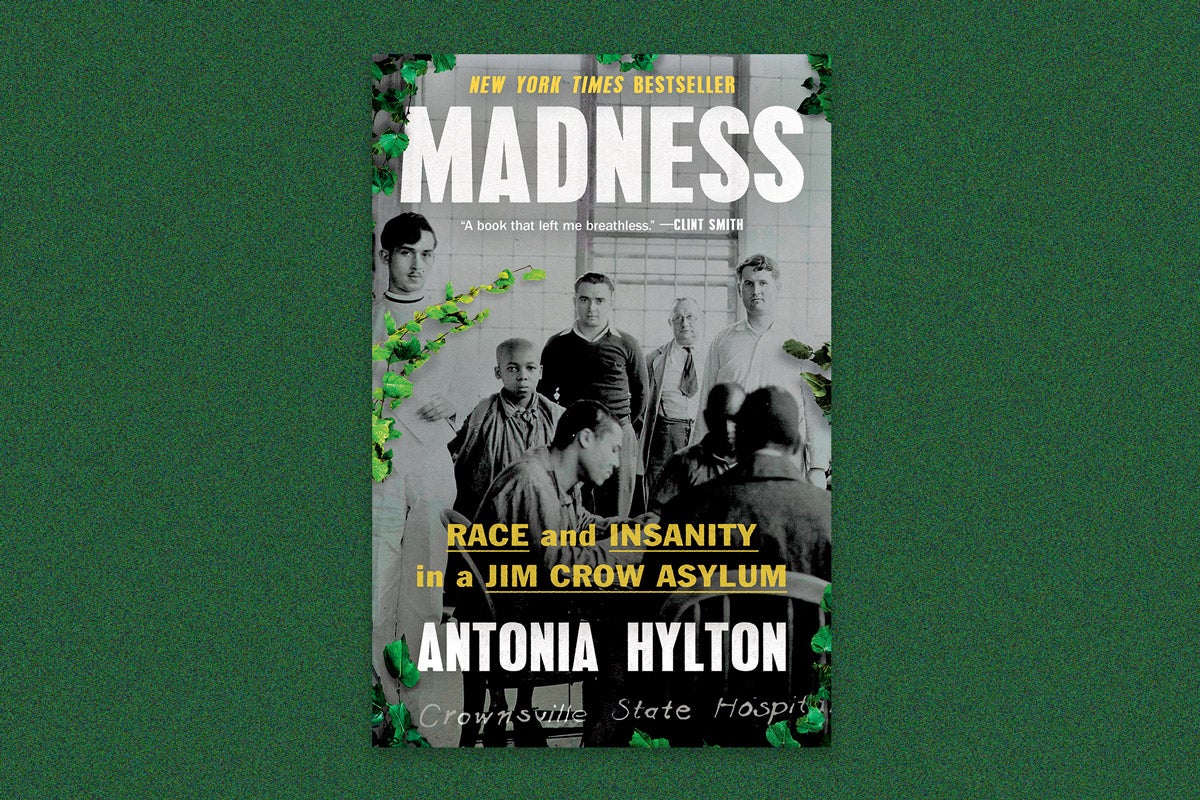
Ideas
Experts weigh in on surgeon general’s fight against loneliness
In a newly-issued report, U.S. Surgeon General Vivek Murthy calls loneliness a crisis on the order of obesity or smoking, with even greater consequences for health. As he points out, loneliness increases the risk of stroke by 32 percent, heart disease by 29 percent; odds of dementia go up by 50 percent. “Given the profound consequences,” Murthy writes in the opener, “we have an opportunity, and an obligation, to make the same investments in addressing social connection that we have made in addressing tobacco use, obesity, and the addiction crisis.”
The numbers of people affected are startling, too. A 2021 Cigna poll found that more than half of us are lonely—particularly those from underrepresented groups, people with lower incomes, and young adults, who were about twice as likely to report feeling lonely as those over age 65. To begin addressing this epidemic, Murthy provides a framework based on six types of action: strengthen social infrastructure like parks, libraries, or playgrounds; support policies like paid family leave and public transportation that help people build relationships; mobilize health workers to screen for loneliness; make our online lives healthier; conduct more research on loneliness; and create a “culture of connection.”
Sign up for Harvard Public Health
Delivered to your inbox weekly.
“It’s amazing the SG has put this [report] out,” says Bernice A. Pescosolido, professor of sociology at Indiana University Bloomington and founding director of the Indiana Consortium for Mental Health Services Research. “We’ve known about a lot of the problems related to loneliness since the late 1980s, but having the [support] of someone like the Surgeon General is great.”
Matt Pantell, an assistant professor of pediatric medicine at the University of California San Francisco would agree. A member of the Foundation for Social Connection’s advisory council, Pantell calls Murthy’s advisory “a landmark report for the U.S. that elevates the importance of addressing social isolation and loneliness by outlining a national strategy to advance social connection.”
Harvard Public Health spoke with loneliness experts about how Murthy’s framework might be applied within local communities, and examples they’ve seen work to alleviate loneliness and isolation. Here’s what they had to say.
Make conversation part of the job.
People feel more connected when they are able to talk about themselves in a meaningful way with each other, revealing things that really matter, says Jeremy Nobel, author of the forthcoming book, Project UnLonely: Healing Our Crisis of Disconnection.
He argues the U.S. could be building opportunities for satisfying conversations into existing programs and institutions—like Meals on Wheels, the community-based organization that organizes food deliveries for housebound seniors. “Volunteers could be encouraged to stay and have a conversation,” says Nobel. “Some people may need guidance about how to do that in a satisfying way, but we could provide that training.” He points to a program along these lines out of Japan. “Postal workers there actually know who the older citizens are, and as a matter of policy, the carriers spend a few minutes chatting with isolated people when they bring the mail. It’s part of the job. And on days when there is no mail, the mail carriers will stop in anyway. It’s become a neighborhood connection program.”
Offer intentional spaces to connect.
So-called “talking benches” have become popular in the U.K. These public seats have signs on them that say, ‘”Sit here if you don’t mind someone stopping to say hello.” Nobel suggests we do something similar in American cities. “Create connection cafes,” he says—designated areas that invite people to strike up conversations with strangers or acquaintances.
“For our study, my co-author and I found striking associations between being with another person and feeling less likely to experience symptoms like stress and fatigue.”
Erin York CornwEll, assistant professor of sociology at Cornell University
Ensure people have what they need to reach out.
Identifying the cause of social isolation or loneliness is key when developing helpful interventions, according to Pantell, “For example, hearing aids may be the answer for someone who isn’t contacting friends because they have difficulty hearing,” he says. “For someone anxious about meeting new people, addressing that anxiety and providing tools to connect with others may be the key.”
Digital social groups may be helpful.
A New York City-based non-profit, Older Adults Technology Services (OATS), helps older adults communicate better by offering classes that help older people learn how to use tablets and video chats, for instance. At the same time, OATS also sees its courses and events as ways to help older adults connect more to their communities and increase their civic engagement. “During the pandemic, better tech skills allowed them to attend religious services online,” says Erin York Cornwell, an assistant professor of sociology at Cornell University, who works with OATS. “And for those who took a class, we saw reduced loneliness and lower risk of worsening depressive symptoms”—perhaps because the classes themselves can represent meaningful social activities.
At the same time, technology alone won’t fix this.
The physical presence of someone else is important both psychologically and physiologically, says Cornwell. “For our study, my co-author and I found striking associations between being with another person and feeling less likely to experience symptoms like stress and fatigue, based on real-time data reported through smartphones,” she says. Similarly, being able to count on someone who lives nearby is important, too. “People who are within a mile or a twenty-minute walk of close family members or friends are more likely to be able to access companionship when they need it,” says Cornwell. “They also have better access to practical types of support like personal care or helping with household tasks.”
End the stigma around isolation and loneliness.
After learning that her family had an extensive history of debilitating psychiatric problems, actress Glenn Close started Bring Change to Mind (BC2M), a non-profit advocacy organization that aims to increase understanding about mental health.
BC2M worked with 520 high schools to establish extracurricular clubs that educate students about mental illness and help them to create empathetic environments. The after-school groups “empower students to be part of the change on mental health awareness,” says Indiana’s Pescosolido, a member of BC2M’s board of directors. “We found that 62 percent of our students reported being more likely to reach out for help from an adult at school, if needed,” after joining a BC2M club. She adds, “Many kids today are ‘succeeding’ and yet not thriving. They’re facing such high expectations, and a lot of them can’t see a future in which they can meet all those expectations. That often causes a lot of shame.”
Source image: cienpies / iStock



